Cocamidopropyl Betaine
- Cleansing
- Foam Boosting
| INCI | Cocamidopropyl Betaine |
|---|---|
| Uses |
|
| Type | Naturally Derived |
| Kind | Surfactant |
| Also Called |
|
| Surfactant Type | Amphoteric |
| Usage Guidelines | Up to 30% |
| Form | Colourless, thin, aqueous solution |
| Derived From | Coconut oil and 3-(dimethylamino)propylamine |
| Products | Body washes, Shower gels, Shampoos, Face cleansers, Micellar Waters & Makeup Removers |
| pH | 5 to 7 |
What is Cocamidopropyl Betaine?
Cocamidopropyl Betaine is the most widely used secondary surfactant (co-surfactant) in cosmetic formulations. It’s a mild naturally-derived amphoteric surfactant that boosts the performance of other surfactants, reducing irritation, enhancing foaming capabilities and creating milder cleansers.
Benefits of cocamidopropyl betaine
Cocamidopropyl betaine’s greatest strength is its versatility, it can be used in almost any cleansing product as it works with the widest range of surfactants. Though mostly used as a secondary surfactant, it boasts good cleansing ability as a primary surfactant, particularly in mild formulations or specialty cleansers. Cocamidopropyl betaine creates milder formulations, especially when paired with high pH surfactants or for stronger cleansers such as shampoos and body washes.
How to use cocamidopropyl betaine in formulations
Cocamidopropyl betaine is most commonly used as a secondary surfactant, and will work well to boost the performance of natural surfactants that tend to not produce much foam on their own. With its neutral pH and mild cleansing properties, cocamidopropyl betaine can also be used in any cleansing formulations geared towards the face or sensitive skin. It is also suitable for leave-on cleansers such as micellar waters and makeup removers.
